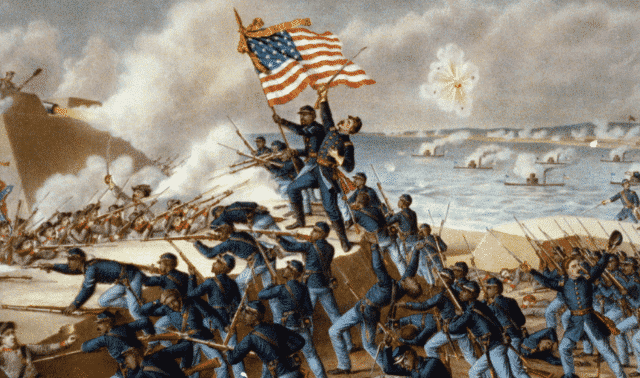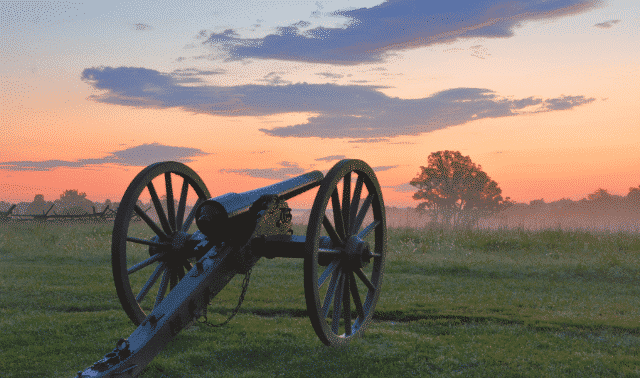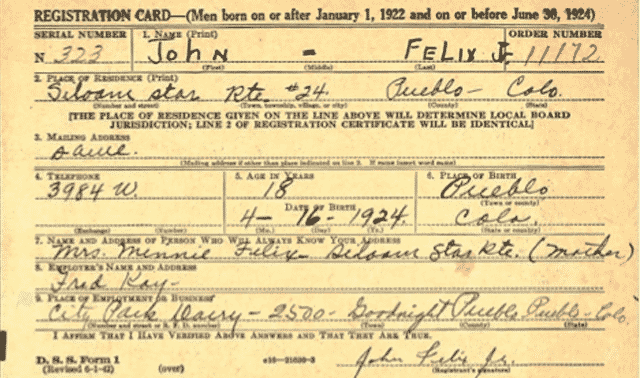Sign up for the Family Tree Newsletter Plus, you’ll receive our 10 Essential Genealogy Research Forms PDF as a special thank you!
Get Your Free Genealogy Forms
"*" indicates required fields
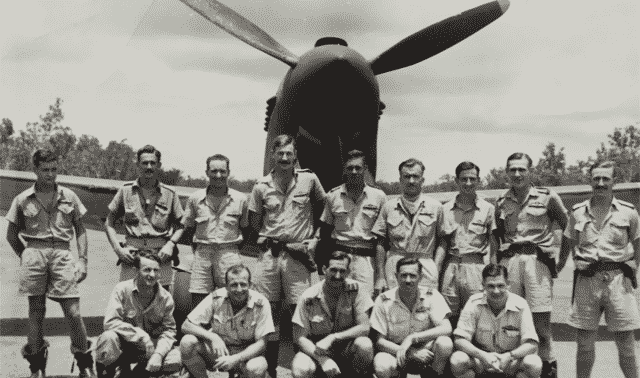
Military records can be a rich resource when researching your family history. However, many of us don’t fully understand the different symbols for ranks or record acronyms, particularly across the various branches. Here, we’ve included two charts highlighting military insignia: one for enlisted soldiers, and the other for officers—along with some guidelines to understanding how ranking works.
First, with the help of two charts from the official website of the US Army, we’ll explain the various ranks. Be sure to take some time to review the insignia of each branch’s ranks as well.
Understanding Military Insignia Charts
There are a few key items to note when reviewing these handy rank and insignia charts.
You probably noticed the different headers, such as E-1, W-1 and O-1. These are actually the labels for the pay grades, which are primarily used to standardize compensation in the services.
- “E” stands for “enlisted”
- “W” stands for “warrant officer”
- “O” stands for “commissioned officer”
- The number following the assigned letter indicates the pay grade
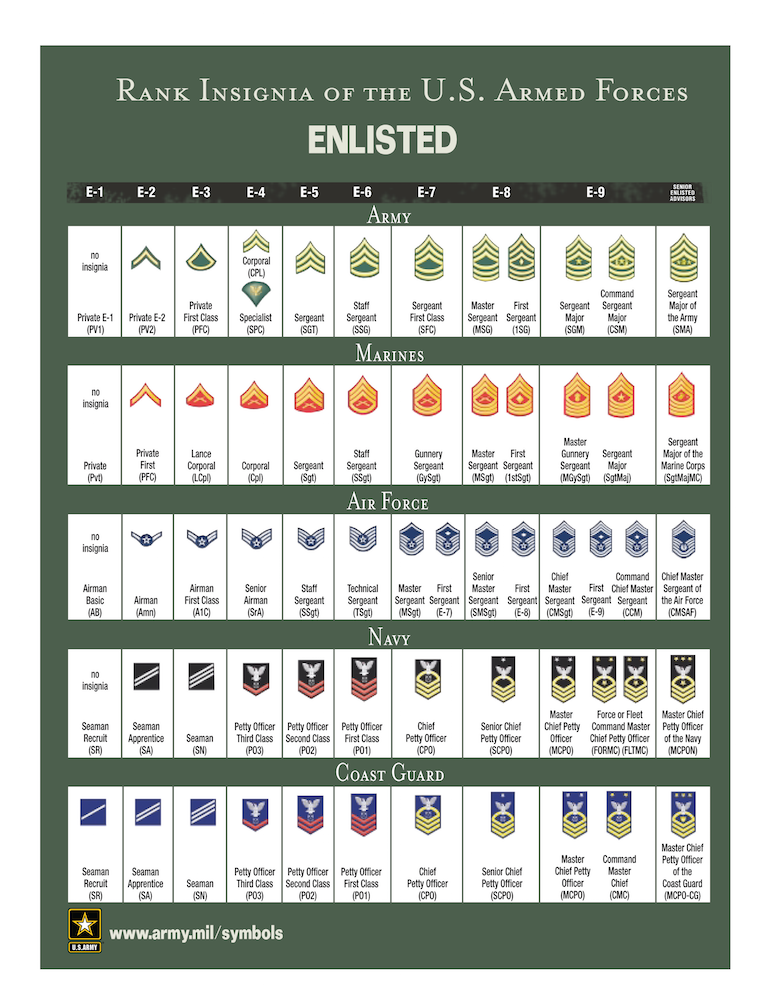
Pay Grades and Rank
A change in rank doesn’t always indicate a change in pay grade; pay grades can have more than one rank. For example, in the Army and the Marines, both a Master Sergeant and a First Sergeant fall under the E-8 pay grade. Thus, one may have a higher rank but still receive the same pay.
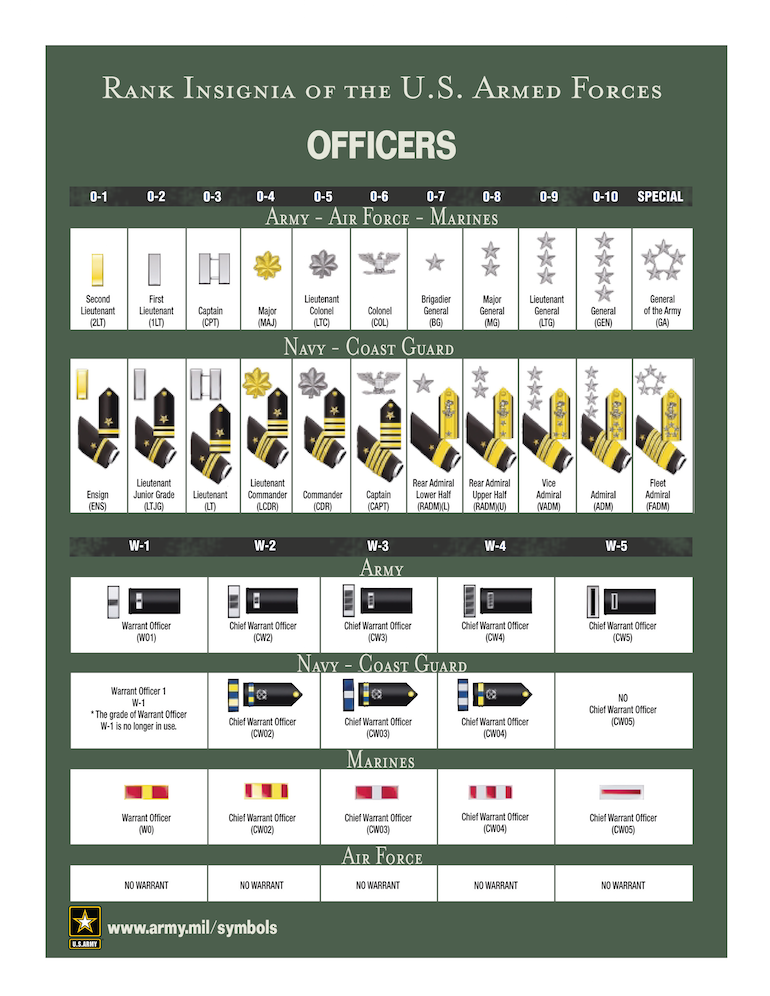
Commissioned Officers vs. Warrant Officers
In the US military, Officer ranks consist of commissioned officers and warrant officers. These ranks hold presidential commissions and are confirmed by the Senate. Army, Air Force and Marine Corps.
Commissioned officers
Commissioned officers are divided into:
- Company grade officers – those in pay grades of O-1 to O-3
- Field grade officers – those in pay grades O-4 to O-6
- General officers – those in pay grades O-7 or higher
- Equivalent ranks in the Navy
The equivalent officer groupings in the Navy are:
- Junior grade
- Mid-grade
- Flag
Warrant officers
Warrant officers hold warrants from their service secretary. They specialists and experts in certain military technologies or capabilities. For these officers:
- the lowest ranking warrant officers serve under a warrant. They receive commissions from the president upon promotion to chief warrant officer 2.
- these commissioned warrant officers are direct representatives of the President of the United States.
- they derive their authority from the same source as commissioned officers but remain specialists, in contrast to commissioned officers, who are generalists.
There are no warrant officers in the Air Force.
A version of this article appeared in the April 2002 issue of Family Tree Magazine.
Related Reads
ADVERTISEMENT





